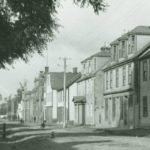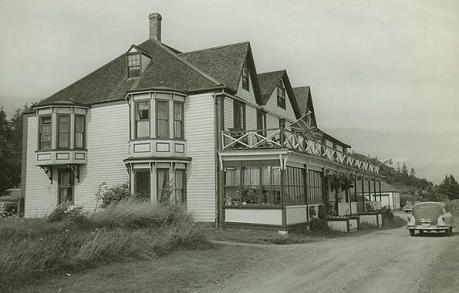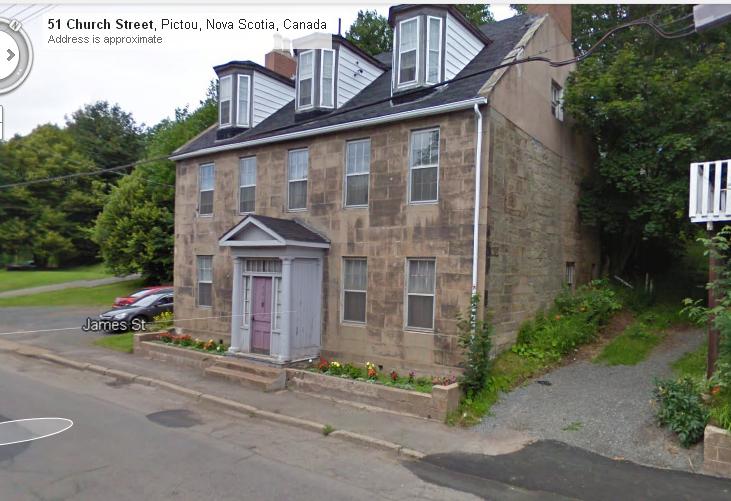I picked up my copy of Western and Eastern Rambles: Travel Sketches of Nova Scotia by Joseph Howe this morning. The sketches are a series of essay’s the later famous politician published in his newspaper, the Novascotian, from 1828 to 1831. His travels were largely not about the writing but required to get his subscription money from rural readers but in deciding to record his trips out of the capital of Halifax he also was able to capture the times and scenes around him.
I originally thought I would find lots of beer references but, as we learned about Ontario from the 2010 book In Mixed Company: Taverns and Public Life in Upper Canada, it all seems to be either about wines or, especially with Howe, a good cup of tea. Not that he is an early prohibitionist as he suggests in this passage describing the night life offered to a stage traveler landing in what is now Kentville:
…hardly do you get into the village before some long-legged Merchant pops you into a gig and gallops you away to church – or some other sinner of the same stamp gets you into his house, from which it is no easy matter to escape. You may run about, like Blair‘s soul, knocking at every outlet but in vain – Port stands sentry in one place – Madeira in another, while Claret, at the head of Bacchus’s light infantry, fairly cuts you off from every retreat; while the graceful restraint of a reiterated welcome from a youthful matron, and the childish prattle of sweet little Bess, make you almost forget your home, and swear that the village should have been called Hospitality instead of Horton Corner.
He recommends, if you have to be on your way, to stay instead with Mrs. Fuller of the Kentville Inn for quieter company where you can “get to bed by times” and make the stage coach when it leaves at 5 am. So, Howe’s record is one of a businessman doing business, describing his trip back to his customers and readership, seeking respectable company as well as good nights worth of sleep. While he does admit to having “a glass or two of strawberry wine” at the hospitable cottage of Mrs. Miller in Truro, for the most part the inns Howe describes offer quiet.
Up top is a picture from the 1950s of the still standing Ottawa House in Parrsboro built in 1773 or 1765.  The thumbnail to the right is a 1908 photo of Pictou’s Church Street including a stone building, third from right, known as Lorrain’s Hotel, built as an inn and tavern in about 1820. Howe does not record visiting either of these specifically but they are likely examples of the finer sort of establishment he might have encountered on his way. Not all were so well kept as this description of one from 1817 shows. And unlike as Roberts describes as the Upper Canadian government approved architecture, the Nova Scotian versions of these establishments appear to be up to the owner.
The thumbnail to the right is a 1908 photo of Pictou’s Church Street including a stone building, third from right, known as Lorrain’s Hotel, built as an inn and tavern in about 1820. Howe does not record visiting either of these specifically but they are likely examples of the finer sort of establishment he might have encountered on his way. Not all were so well kept as this description of one from 1817 shows. And unlike as Roberts describes as the Upper Canadian government approved architecture, the Nova Scotian versions of these establishments appear to be up to the owner.
Update: By the way, “public house of entertainment” was what they were called on the license and interestingly, not only does Google maps show Lorrain’s Hotel of Pictou was still there in 2009 but so were its two neighbours shown in the 1908 photograph. See below…



